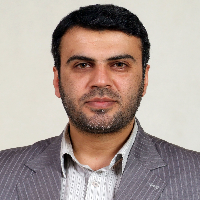Assessing the Feasibility of Smart City Indicators in the Contemporary Context of Iranian Cities the Case study of Babol City
It is necessary to evaluate the physical texture of Babol according to the local characteristics and the spatial structure of the city and the reasons for its need for spatial reconstruction from the perspective of the smart city approach because urban management can consider defined areas for the city areas that should be accompanied by With technological standards and appropriate policies, the economic and social revitalization of the day in the form of technological development will help the smart city. This research is applied research done with analytical methods and a quantitative approach. The statistical population of the current research includes two sections of experts, whose number is 20 based on available sampling and Babol city residents based on Cochran's formula and random sampling. Two methods of SWARA, determining the importance of indicators, and WASPAS, ranking urban areas, were used for the data. Also, t-tests, analysis of variance (ANOVA), correlation, regression and Scheffe's post hoc test were used in SPSS software and structural equations in Amos software. According to the results, the indicators of a smart economy, smart government, smart life, smart citizen, smart environment and smart mobility are important in realizing a smart city. Also, based on the results of WASPAS, one area of Babol has a more favorable situation. Therefore, it is necessary for those in charge to pay special attention and have an application program for Region 2 and the context of the city of Babol in general in order to make it smart and achieve sustainable development.
-
Investigating the effectiveness and relationship of smart urban growth indicators with the spatial and social development of cities (case example of Babol city)
Kourosh Rezapour, Bakhtiar Ezatpanah *, Bashir Beyghbabaei
Journal of safe city,


